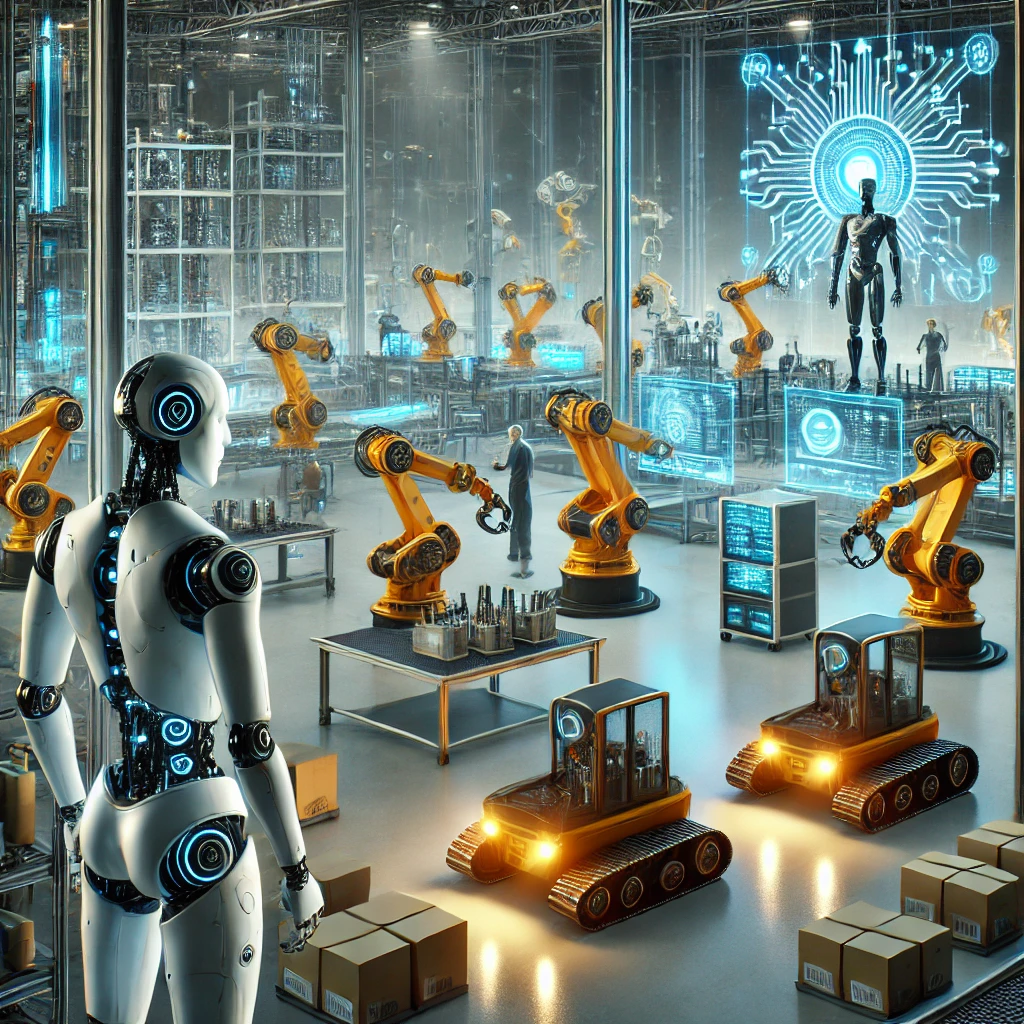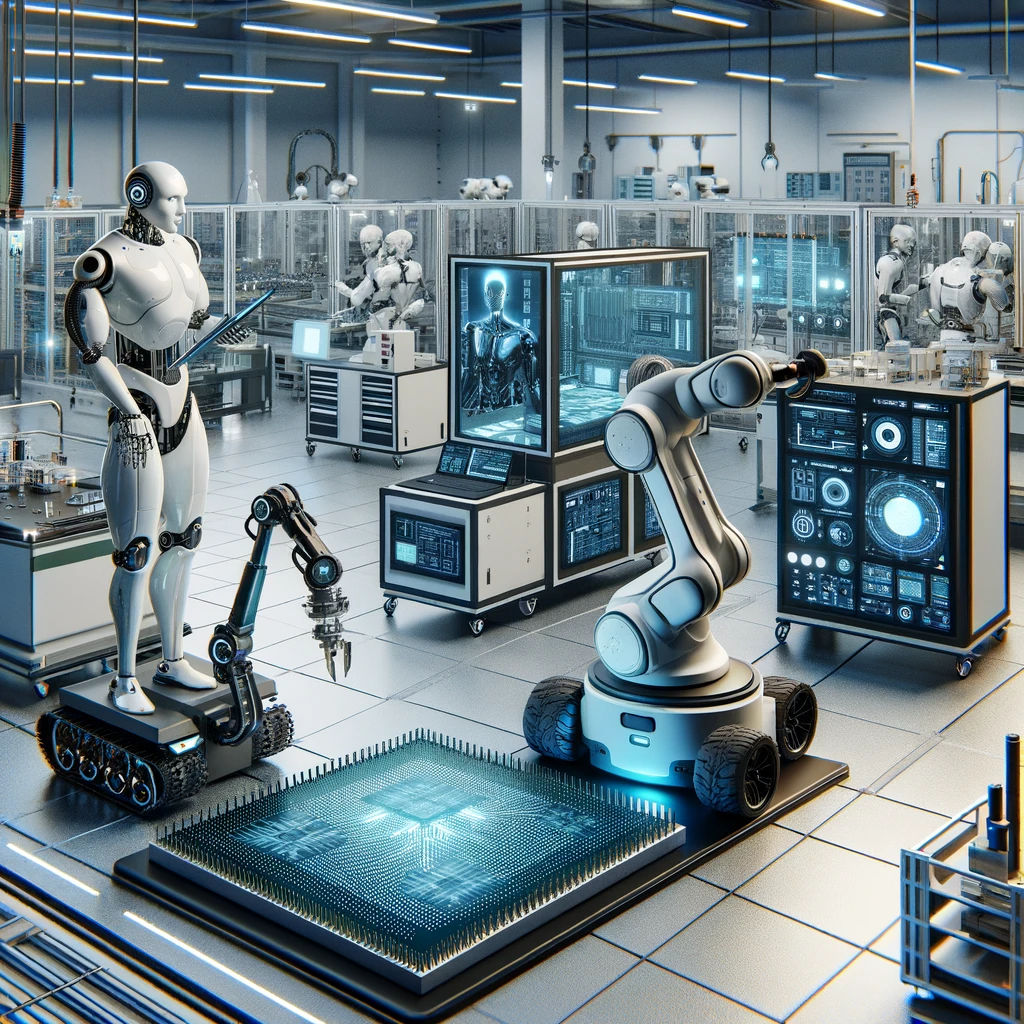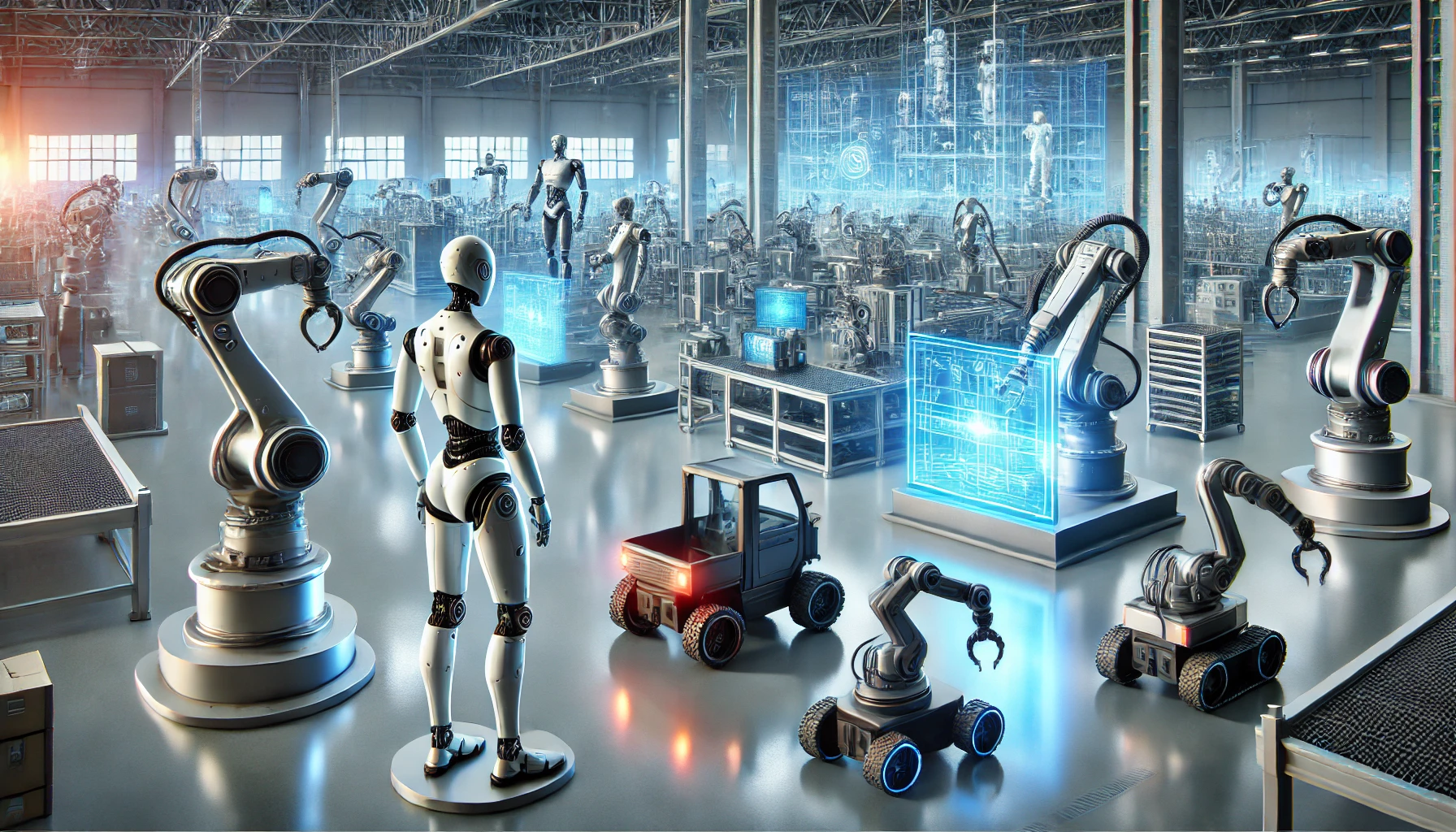Introduction: The Media’s Obsession with Humanoid Robots
Every few months, a new robotics breakthrough makes headlines—usually featuring humanoid robots that walk, talk, and mimic human behavior. The latest example is Google DeepMind’s Gemini Robotics, which aims to integrate AI-powered robots into the real world.
While these developments are exciting, they reinforce a common misconception:
Most robots don’t—and shouldn’t—look or think like humans.
What Is a Robot? Understanding the Basics

Robotics has been transforming industries for over 40 years, long before artificial intelligence (AI) became mainstream. While AI struggled with limited computing power, memory, and data storage, robotics advanced steadily.
Yet, many people don’t recognize real-world robots because they don’t match Hollywood’s depiction.
Industrial Robots vs. Humanoid Robots
There are two main types of robots:
- Industrial Robots – Designed for specific, repetitive tasks, such as manufacturing, packaging, and logistics.
- Humanoid Robots – Created to mimic human movements and interactions, often requiring advanced AI and expensive hardware.
As of 2023, there are 4.28 million industrial robots operating in factories worldwide—a 10% increase from the previous year. Most of them don’t have faces, legs, or emotions. Instead, they focus on efficiency, speed, and precision.
Why Most Robots Don’t Need Legs or Faces
One of the biggest myths about robotics is that robots need to walk and think like humans to be effective. This couldn’t be further from the truth.
The Cost of Humanoid Robots vs. Industrial Robots
Consider a simple task—snapping one item to another, such as assembling electronics or packaging food.
🔹 Industrial robotic arm: $10,000 – $20,000
🔹 Quadruped robotic dog (e.g., police/military use): $250,000
🔹 Advanced humanoid robot (e.g., Google DeepMind’s Gemini): $1 million+?
Why spend millions on a humanoid robot when a simple robotic arm can do the job better and cheaper?
Types of Robots in the Real World
Industrial Robots

Used in automotive, electronics, and manufacturing, these robots:
✔ Assemble products
✔ Perform quality control and testing
✔ Operate heavy machinery
Automated Guided Vehicles (AGVs)
These self-driving robots transport goods in warehouses, hospitals, and airports. They:
✔ Navigate using sensors and AI
✔ Move small to heavy loads
✔ Improve logistics efficiency
AI-Powered Robotic Testing Systems
In semiconductor manufacturing, robotic testers analyze silicon wafers for defects and optimize their use. They:
✔ Improve precision and reduce errors
✔ Work 24/7 without human fatigue
✔ Enhance product quality
The Reality: Robotics Is About Function, Not Glamour
I understand why news organizations focus on humanoid robots—they look futuristic and attract attention. But the real innovation in robotics happens behind the scenes.
Real-world robotics involves:
✔ Engineering task-specific machines for maximum efficiency
✔ Debugging complex systems to ensure reliability
✔ Combining AI and automation to boost productivity
Conclusion: The Future of Robotics Is Specialization
The future of robotics isn’t about making human-like machines—it’s about creating smarter, cost-effective automation systems that improve industries.
Google DeepMind’s Gemini Robotics is impressive, but most businesses don’t need a humanoid robot. Instead, they need practical robotic solutions that:
✔ Reduce costs
✔ Improve efficiency
✔ Automate repetitive tasks
So, the next time you hear about a humanoid robot, ask yourself: Is this innovation or just a headline?
Want to stay ahead in applied AI?
📑 Access Free AI Resources:
- Download our free AI whitepapers to explore cutting-edge AI applications in business.
- Check out our AI infographics for quick, digestible AI insights.
- 📖 Explore our books on AI and .NET to dive deeper into AI-driven development.
References
Gemini Robotics brings AI into the physical world
Disclaimer
We are fully aware that these images contain misspelled words and inaccuracies. This is intentional.
These images were generated using AI, and we’ve included them as a reminder to always verify AI-generated content. Generative AI tools—whether for images, text, or code—are powerful but not perfect. They often produce incorrect details, including factual errors, hallucinated information, and spelling mistakes.
Our goal is to demonstrate that AI is a tool, not a substitute for critical thinking. Whether you’re using AI for research, content creation, or business applications, it’s crucial to review, refine, and fact-check everything before accepting it as accurate.
Lesson: Always double-check AI-generated

